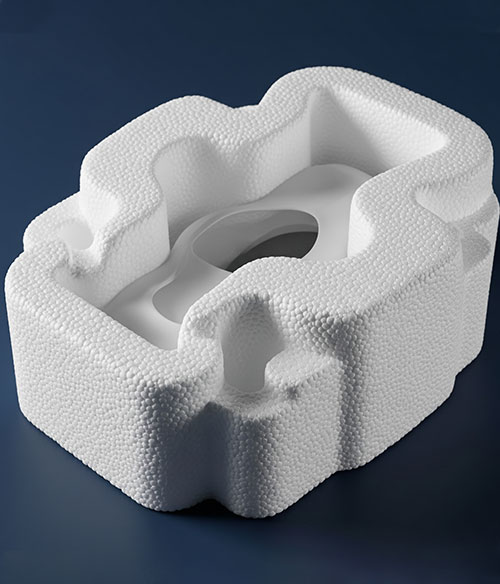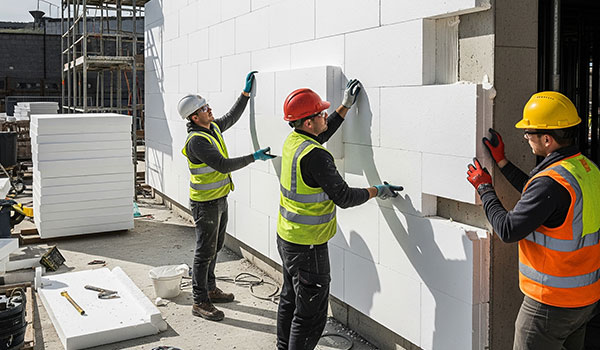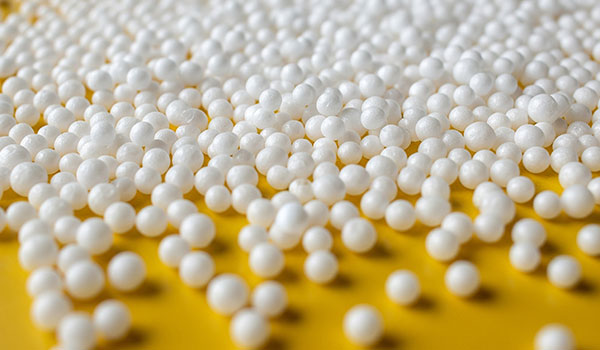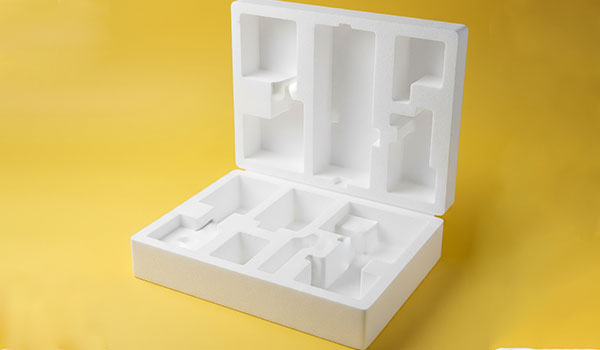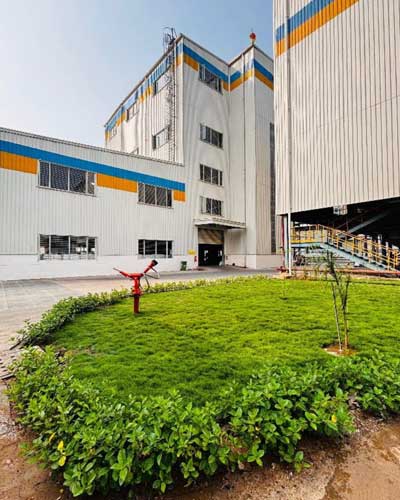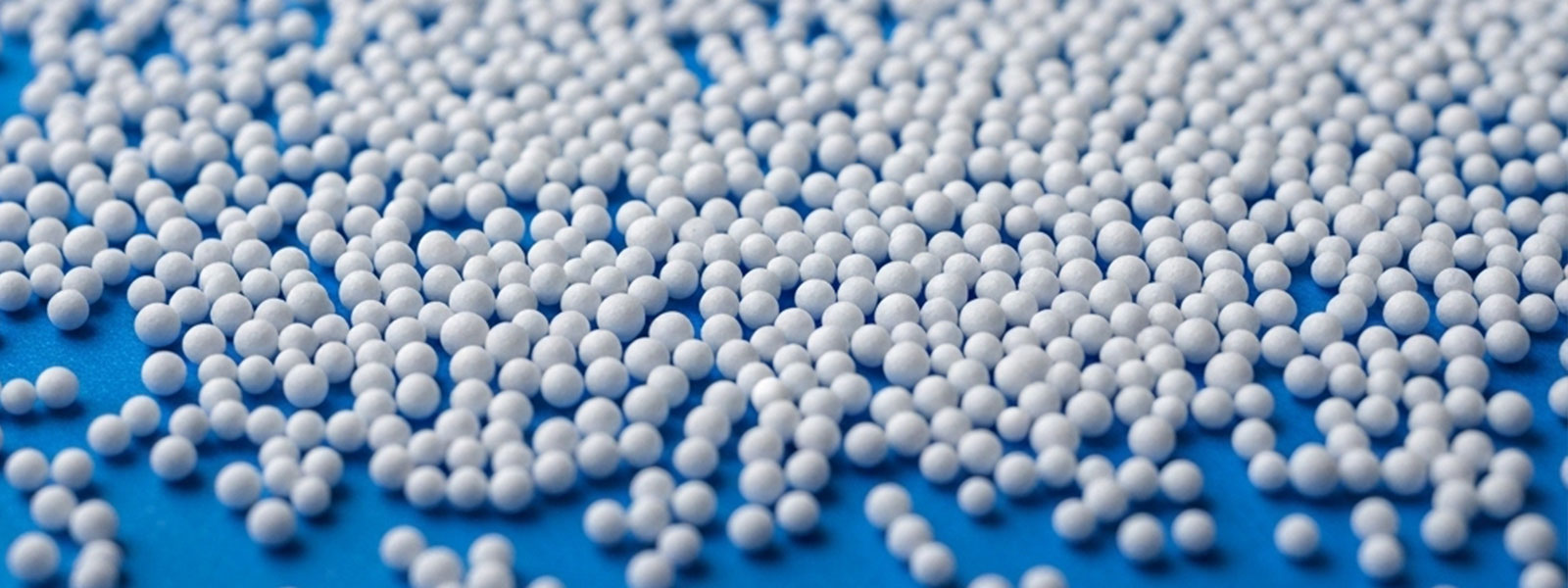
White EPS (Standard EPS)
Classic Expandable Polystyrene
White EPS, also known as Standard EPS, represents the classic expandable polystyrene bead widely used across industries. It is known for its excellent insulation, cushioning, and versatile applications.
- Appearance: White translucent beads
- Key Features: Good rigidity, thermal insulation, lightweight, and shock absorption
White EPS forms the foundation of your EPS resin portfolio and serves as the baseline raw material for a broad range of applications.
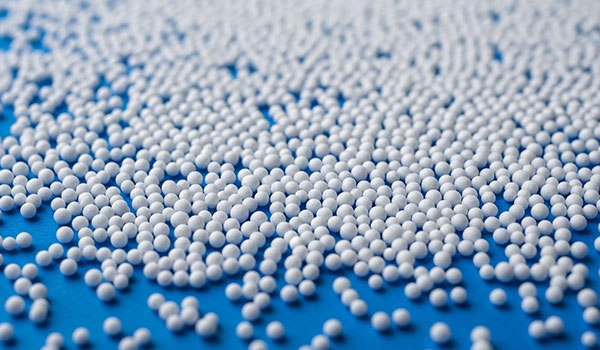
Product Characteristics
| Type | F Grade | BP Grade |
| Grade | Flame-retardant | Fast Cycle - High-expansion |
| Characteristics | Excellent flame-retardant properties, smooth and bright product, low shrinkage, wide molding range | Short maturation time, fast molding (especially effective with vacuum cooling automatic molding machines), high efficiency, strong finished product with excellent appearance. Fast foaming speed, high ratio, energy-saving, good bonding, excellent toughness, low shrinkage, quick recovery |
| Applications | Suitable for various density boards and flame-retardant packaging | Suitable for mass production of medium- and high-density packaging products and boards in automatic molding machines Suitable for lightweight packaging and boards |


Flame Retardant EPS
Flame Retardant EPS is a specialized grade of expandable polystyrene designed for enhanced fire safety. This material does not contain HBCD chemicals, aligning with modern environmental and regulatory standards.
Key Features and Benefits of White EPS
Flame Retardant EPS is ideal for customers seeking high safety performance, regulatory compliance & environmentally conscious building or packaging solutions.
Flame Retardant EPS
| Grade | Bead Size, mm | Density, g/l |
| Test Method | ASTM D 1921 | Internal test method |
| F 121 | 1.6 – 2.5 | 12 - 20 |
| F 221 | 1.25 – 2.0 | 13 - 25 |
| F 321 | 0.85 - 1.20 | 13 - 25 |
| F 325 | 0.71 - 1.25 | 13 - 25 |
| F 422 | 0.71 - 1.00 | 12 - 30 |
| F 522 | 0.42 - 0.71 | 14 - 35 |
Fast Cycle High Expansion EPS
At EPACK Petrochem Solutions, our Expandable Polystyrene (EPS) resin products serve a wide range of industries worldwide.
From construction and infrastructure to medical cold chain packaging.
Our EPS variants White EPS, Colour EPS, R‑EPS, and Grey EPS deliver lightweight, durable, shock‑absorbing, and insulating properties that make them the preferred choice for key applications.
| Grade | Bead Size, mm | Density, g/l |
| Test Method | ASTM D 1921 | Internal test method |
| BP 121 | 1.6 – 2.5 | 12 - 20 |
| BP 221 | 1.25 – 2.0 | 13 - 25 |
| BP 321 | 0.85 - 1.20 | 13 - 25 |
| BP 325 | 0.71 - 1.25 | 13 - 25 |
| BP 422 | 0.71 - 1.00 | 12 - 30 |
| BP 522 | 0.42 - 0.71 | 14 - 35 |
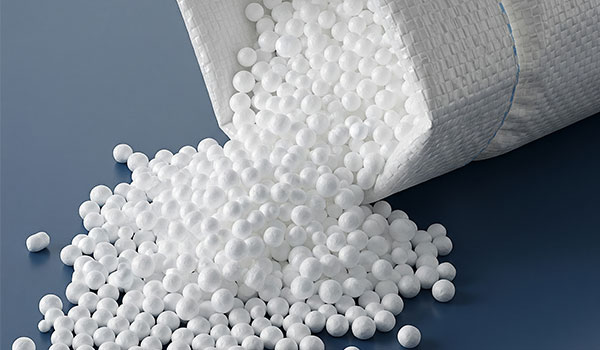
- High expansion capability for lightweight, low-density final products
- Reduced mold cycle times—up to 20% faster production
- Maintains structural integrity while minimizing material usage
- Supports high-volume, rapid manufacturing
- Improves cost-efficiency through reduced weight and time savings
Fast Cycle High Expansion EPS is the perfect solution for businesses seeking maximum efficiency, minimal weight, and faster time-to-market.

Compliance

Influence of Ambient Temperature
Handling & Storage Conditions
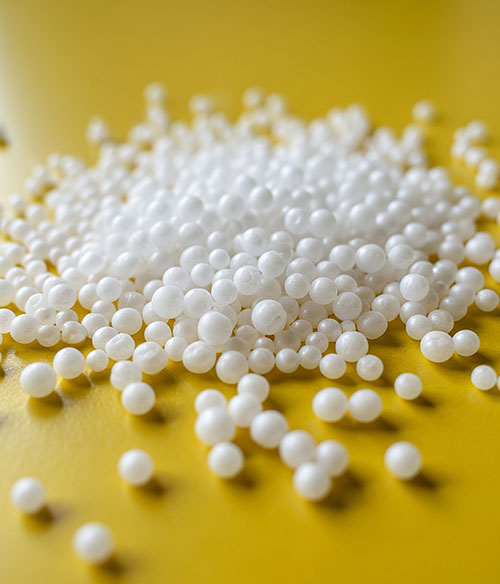
Processing Guidelines
